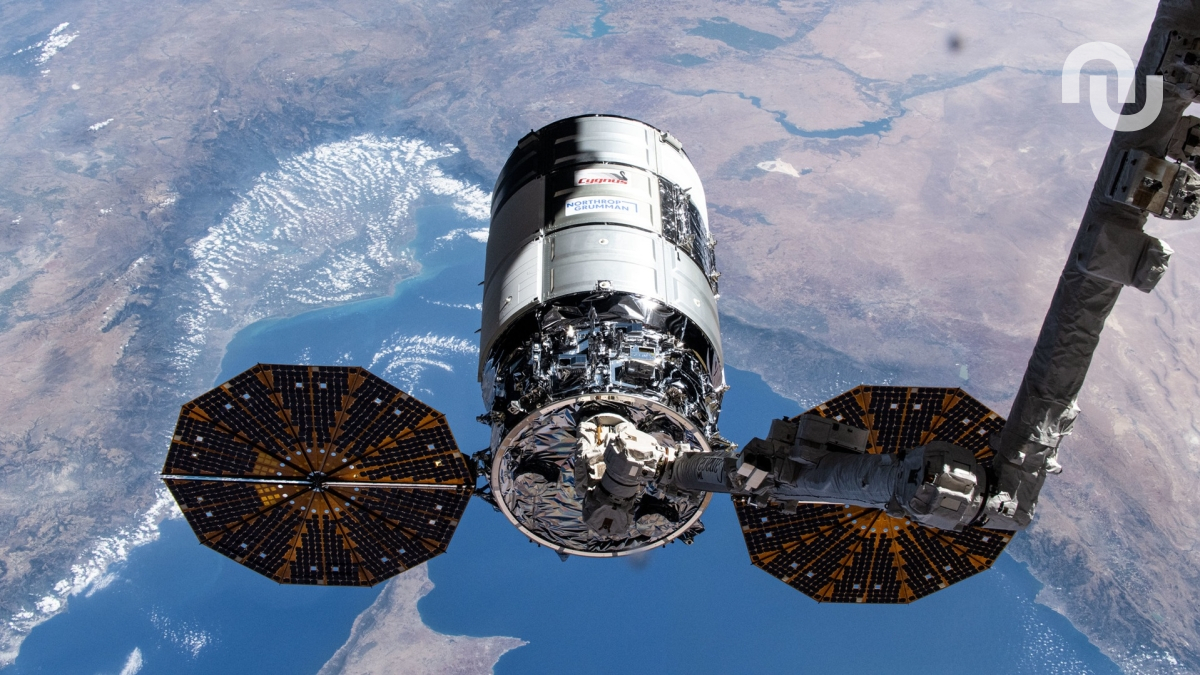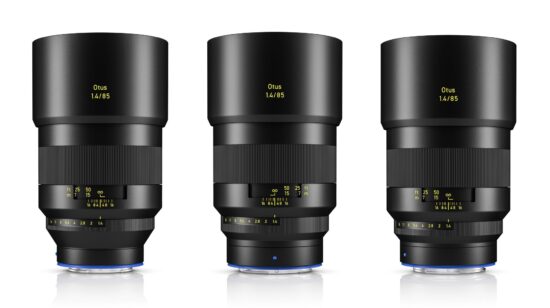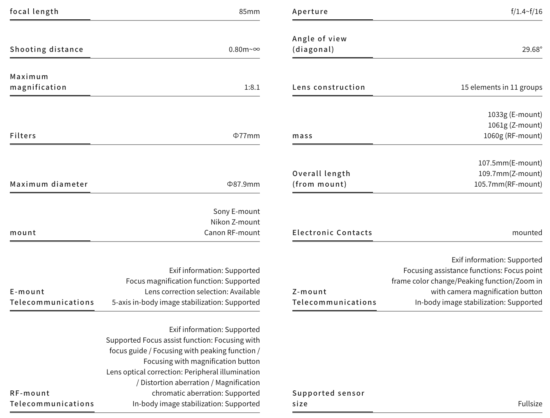After five months on the International Space Station, four astronauts splashed down in the Pacific Ocean in a SpaceX Crew Dragon capsule named Endurance, reports Space.com.
It was NASA's 10th commercial crew rotation mission:
The flight launched atop a SpaceX Falcon 9 rocket on March 14 and arrived at the orbiting lab two days later. Crew-10's four astronauts soon set to conducting science work, which consumed much of their time over the ensuing months... The wheels for Crew-10's departure began turning last Saturday (Aug. 2), when SpaceX's four-person Crew-11 mission arrived at the International Space Station. The Crew-10 astronauts spent a few days advising their replacements, then set their minds to gearing up for the return to Earth — and reflecting on their orbital experience.
"We got to accomplish a lot of really amazing operational things," Ayers said during a farewell ceremony on Tuesday (Aug. 5). "We got to see some amazing views, and we have had some really big belly laughs and a wonderful time together," she added. "I think that [we're] leaving with a heart full of gratitude, and [we're] excited to see where the International Space Station goes after we get home." The hatches between Endurance and the ISS closed on Friday (Aug. 8) at 4:20 p.m. EDT (2020 GMT), and the capsule undocked about two hours later, at 6:15 p.m. EDT (2205 GMT). Endurance then began maneuvering its way back to Earth, setting up its splashdown today.
It was the first Pacific Ocean return for a SpaceX CCP mission; all previous such flights have come down off the Florida coast. SpaceX recently shifted to West Coast reentries for all of its Dragon missions, both crewed and uncrewed, to minimize the chance that falling space debris could damage property or injure people.
"During their mission, crew members traveled nearly 62,795,205 million miles," NASA announced, "and completed 2,368 orbits around Earth..."
Along the way, Crew-10 contributed hundreds of hours to scientific research, maintenance activities, and technology demonstrations. McClain, Ayers, and Onishi completed investigations on plant and microalgae growth, examined how space radiation affects DNA sequences in plants, observed how microgravity changes human eye structure and cells in the body, and more. The research conducted aboard the orbiting laboratory advances scientific knowledge and demonstrates new technologies that enable us to prepare for human exploration of the Moon and Mars.
McClain and Ayers also completed a spacewalk on May 1, relocating a communications antenna, beginning the installation of a mounting bracket for a future International Space Station Roll-Out Solar Array, and other tasks.


Read more of this story at Slashdot.










